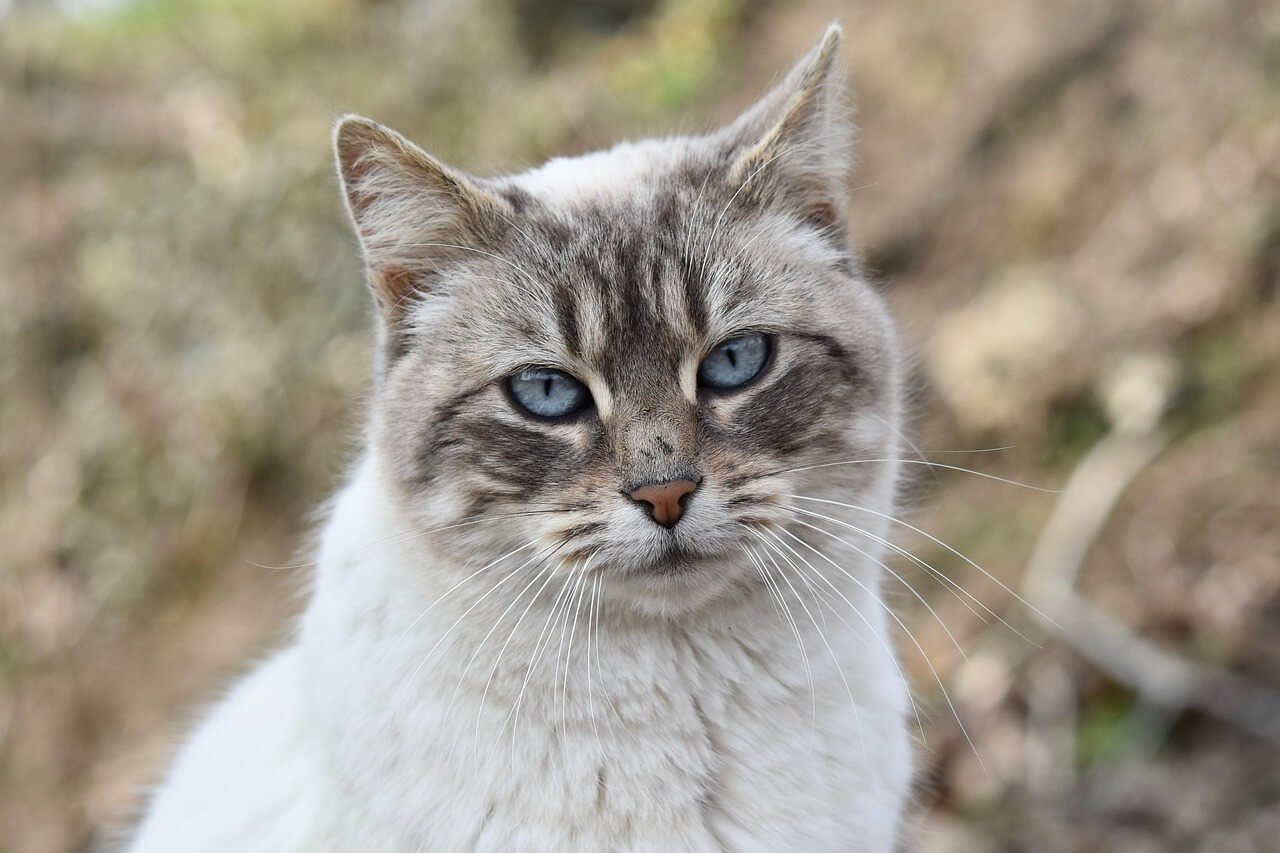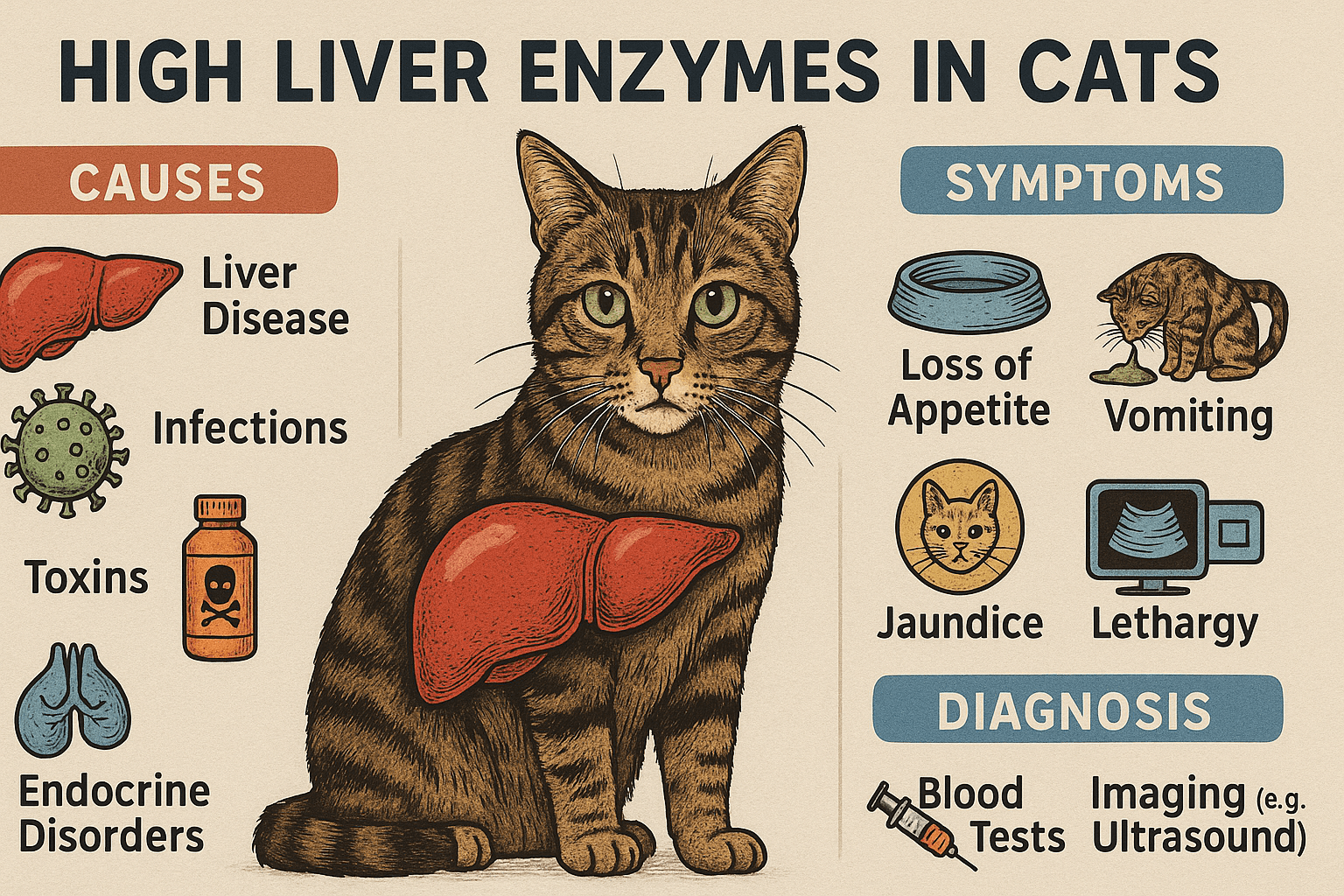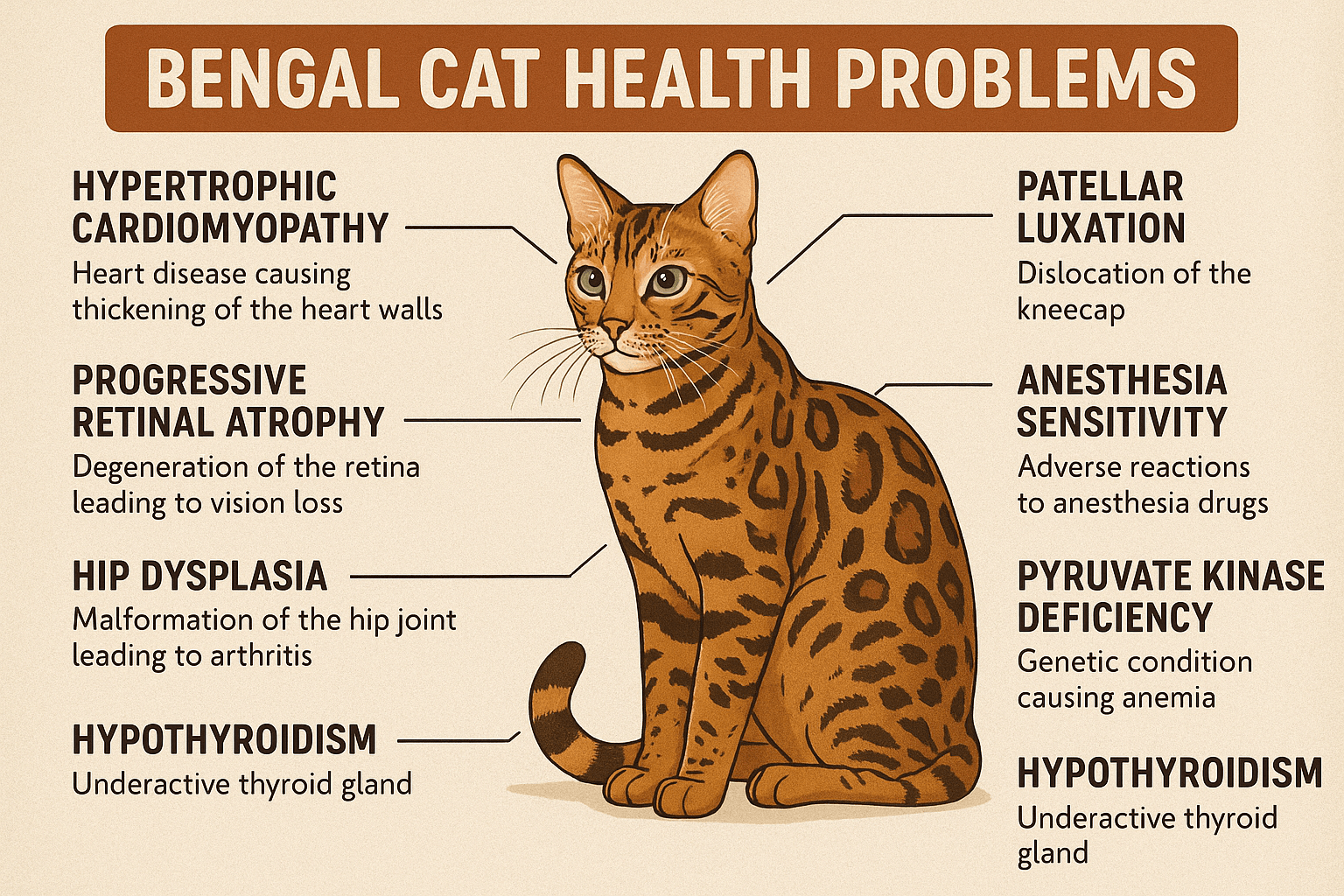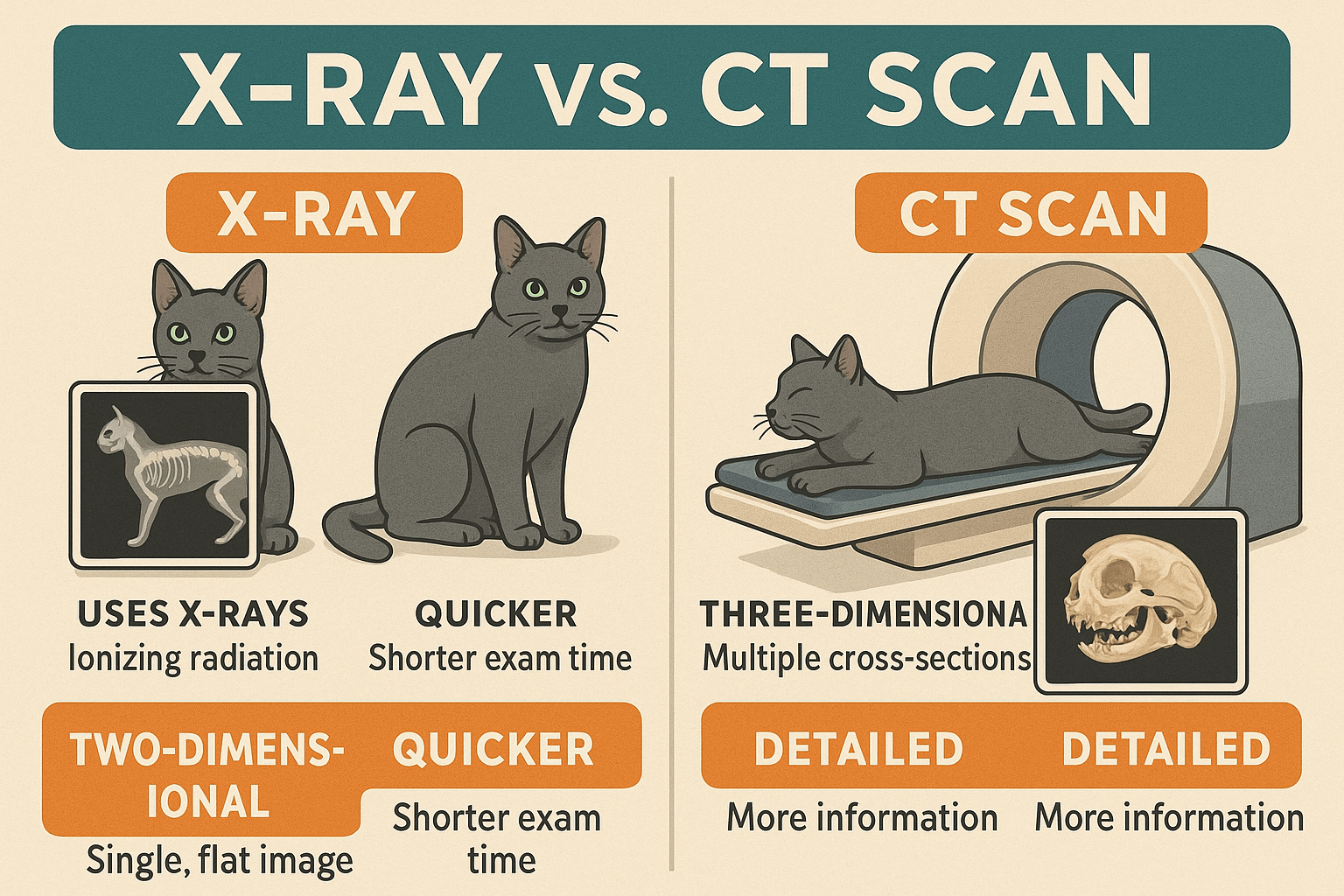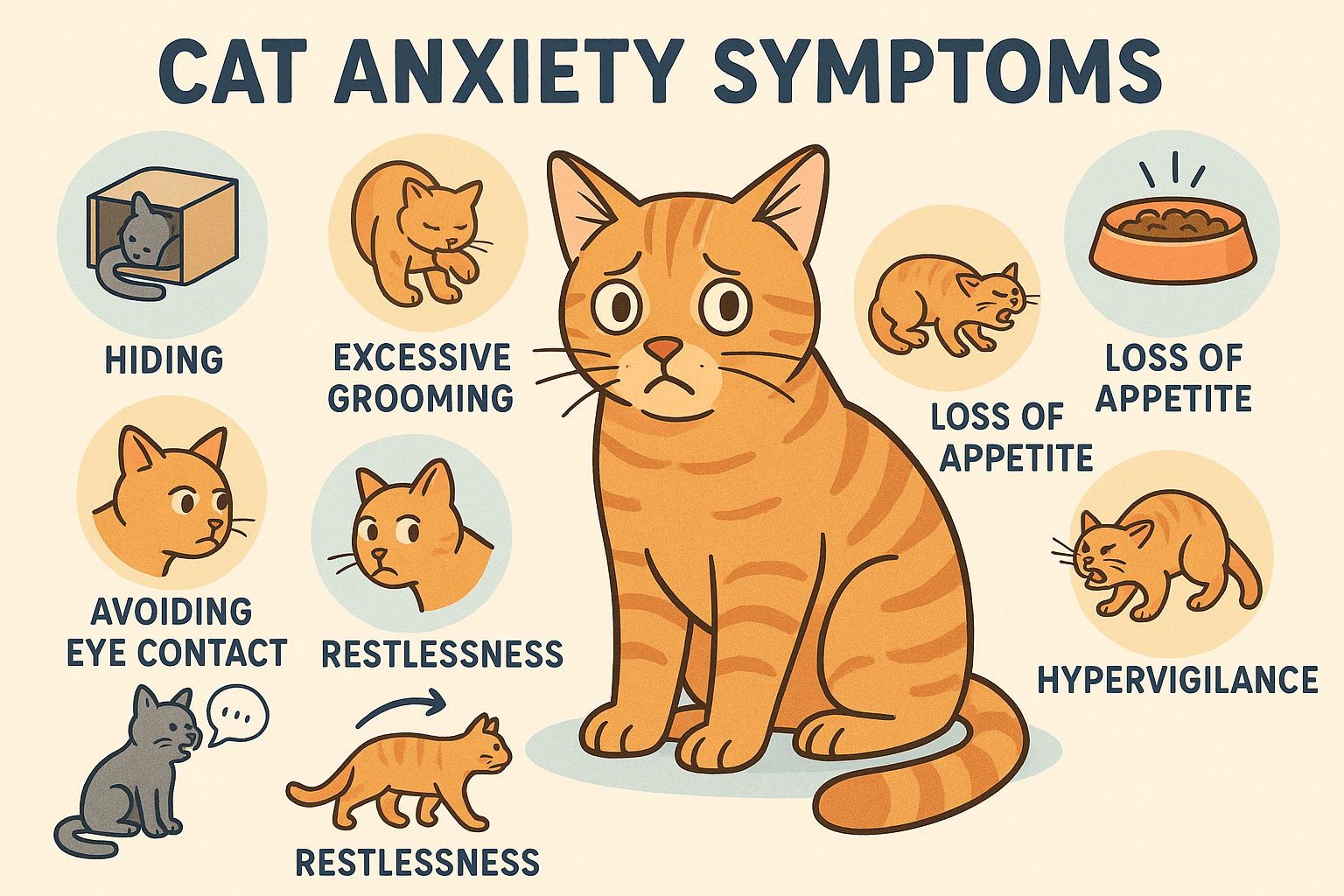The Mysterious World of Cat Yowling: Decoding the Sounds of Your Feline Friend
Cats are known for their mysterious and captivating behaviors, and one of the most intriguing sounds they make is the yowl. Whether it’s a haunting cry in the middle of the night or a prolonged wail during the day, cat yowling can leave pet owners both concerned and curious. But what exactly does this sound mean? Is it a sign of distress, a call for attention, or simply a way for your furry companion to communicate?
In this blog post, we’ll dive deep into the fascinating world of cat yowling, exploring its causes, meanings, and how you can respond to it. By the end, you’ll have a better understanding of this unique feline behavior and feel more equipped to address it.
Why Do Cats Yowl? Common Reasons Behind This Vocalization
Cats use a variety of sounds to express themselves, and yowling is just one of them. To better understand why your cat might be yowling, let’s explore some common reasons behind this behavior:
Mating Calls
Unspayed or unneutered cats often yowl as part of their mating behavior. Female cats may yowl to signal that they are in heat, while male cats may respond with yowls of their own.Attention-Seeking Behavior
Cats are masters at getting their humans’ attention. If your cat feels neglected or wants food, toys, or affection, it might resort to yowling to get your focus.Aging and Cognitive Decline
Older cats may experience cognitive dysfunction, which can lead to increased vocalizations, including yowling. This is similar to dementia in humans and can cause confusion or disorientation.Stress or Anxiety
Changes in the environment, such as moving to a new home, introducing a new pet, or even rearranging furniture, can trigger stress-related yowling in cats.Medical Issues
Persistent yowling can sometimes indicate underlying health problems, such as pain, discomfort, or conditions like hyperthyroidism or urinary tract infections.
Understanding these potential triggers can help you identify the root cause of your cat’s yowling and take appropriate action. Always consult a veterinarian if the yowling becomes excessive or unusual.
How to Respond to Cat Yowling: Practical Tips for Pet Owners
If your cat has started yowling frequently, it’s important to address the issue promptly. Here are some actionable steps you can take to manage and respond to this behavior:
Rule Out Medical Problems First
Schedule a vet visit to ensure there are no underlying health issues causing the yowling. Conditions like arthritis, dental pain, or gastrointestinal problems can manifest through vocalizations.Spay or Neuter Your Cat
If your cat isn’t already spayed or neutered, consider this option to reduce mating-related yowling. It also provides other health benefits and helps control the pet population.Create a Calming Environment
Cats thrive on routine and familiarity. Minimize stress by maintaining a consistent daily schedule, providing safe spaces, and using calming products like pheromone diffusers.Provide Mental and Physical Stimulation
Boredom can lead to attention-seeking yowling. Engage your cat with interactive toys, puzzle feeders, and regular play sessions to keep them entertained and mentally sharp.Avoid Reinforcing Negative Behavior
If your cat yowls for attention, avoid giving in immediately. Wait until they are quiet before offering rewards or affection to discourage the behavior over time.
By implementing these strategies, you can help reduce excessive yowling and improve your cat’s overall well-being. Remember, patience and consistency are key when addressing behavioral issues.
Check this guide 👉Cat Snoring: Best 7 Expert Tips!
Check this guide 👉Cat Wheezing While Sleeping: Best 7 Expert Tips!
Check this guide 👉Understanding Cat Reverse Sneezing: Best 7 Expert Care Tips!
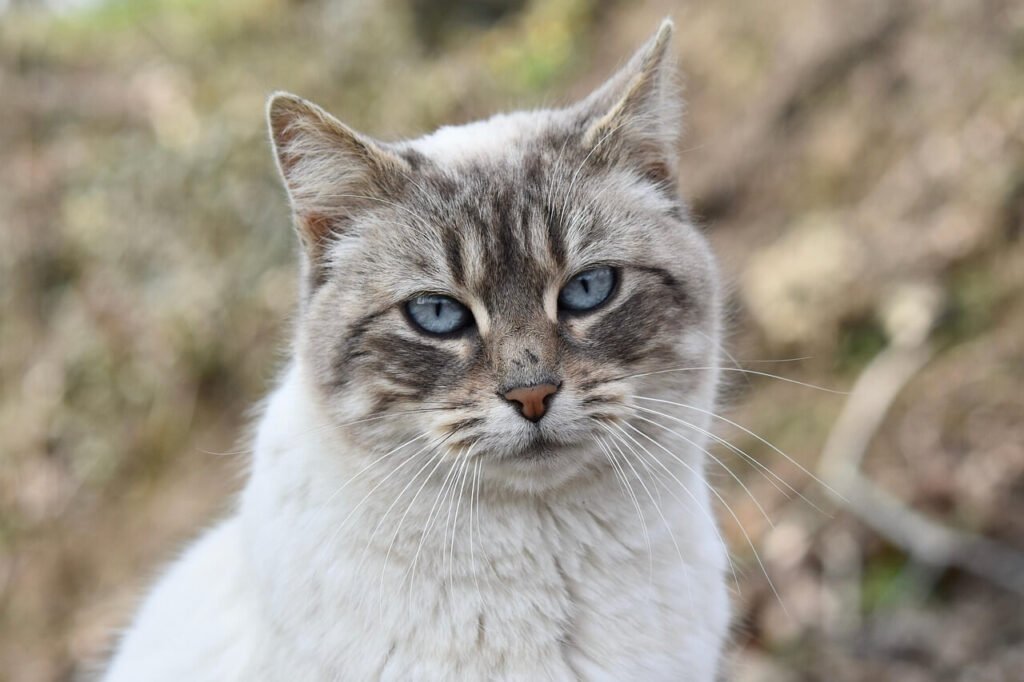
Reasons for Cat Yowling | Possible Solutions |
|---|---|
Mating calls | Spay or neuter your cat |
Attention-seeking | Provide structured playtime and interaction |
Stress or anxiety | Maintain a calm and predictable environment |
Aging and cognitive decline | Consult a vet about senior care options |
Underlying medical issues | Schedule regular check-ups and monitor symptoms |
Preventing Excessive Yowling: Proactive Measures Every Cat Owner Should Know
To prevent yowling from becoming a recurring issue, it’s essential to take proactive measures. These strategies will not only address current problems but also promote long-term harmony between you and your feline friend:
Establish a Routine
Cats feel secure when they know what to expect. Feed, play, and groom your cat at the same times each day to create a sense of stability.Monitor Environmental Changes
Even small changes, like moving furniture or adding new scents, can upset sensitive cats. Gradually introduce changes and provide hiding spots for comfort.Use Positive Reinforcement
Reward quiet behavior with treats, praise, or affection. This encourages your cat to associate silence with positive outcomes.Invest in Enrichment Activities
Rotate toys regularly and introduce new activities to keep your cat engaged. Window perches, scratching posts, and climbing trees can also provide mental stimulation.Stay Attuned to Your Cat’s Needs
Pay close attention to your cat’s body language and vocal cues. Early intervention can prevent minor issues from escalating into bigger problems.
By staying proactive and attentive, you can minimize the likelihood of excessive yowling and foster a peaceful living environment for both you and your pet.
When to Seek Professional Help: Signs It’s Time to Call the Vet
While occasional yowling is normal, certain signs indicate that professional intervention may be necessary. Here’s what to look out for:
Sudden Increase in Vocalization
If your typically quiet cat suddenly starts yowling frequently, it could signal an underlying issue that requires immediate attention.Accompanying Symptoms
Lethargy, loss of appetite, vomiting, or difficulty using the litter box alongside yowling should never be ignored. These could point to serious health concerns.Nighttime Yowling in Senior Cats
Older cats experiencing nighttime yowling may benefit from a vet evaluation to rule out cognitive dysfunction or other age-related conditions.Aggressive Behavior
If yowling is accompanied by aggression toward people or other pets, consult a veterinarian or animal behaviorist for guidance.Unexplained Weight Loss or Gain
Significant changes in weight combined with frequent yowling may indicate hormonal imbalances or metabolic disorders.
Recognizing these red flags early on can make a significant difference in your cat’s quality of life. Don’t hesitate to reach out to a professional if you notice any concerning patterns.
Understanding Cat Body Language Alongside Yowling
While yowling is primarily a vocal cue, it’s often accompanied by specific body language that can provide additional context. By observing your cat’s posture, tail movements, and facial expressions, you can gain deeper insights into their emotional state. Here are some key behaviors to watch for:
Tail Position
A puffed-up tail often indicates fear or aggression, which may explain sudden yowling during stressful situations.Ears Flattened Back
This posture suggests discomfort or irritation, signaling that something in the environment might be bothering your cat.Crouching Low to the Ground
If your cat is crouched while yowling, it could indicate pain or vulnerability, warranting a closer look at their physical health.Pacing Back and Forth
Restlessness combined with yowling may point to anxiety or an unmet need, such as hunger or a desire to go outside.Staring Intently at You
Direct eye contact paired with yowling is often a clear sign that your cat wants immediate attention or interaction.
By paying attention to these subtle cues, you can better interpret what your cat is trying to communicate through their yowls. Combining vocal and non-verbal signals creates a fuller picture of your pet’s needs.
Common Misconceptions About Cat Yowling
There are several myths surrounding cat yowling that can lead to misunderstandings. To ensure you’re addressing the behavior effectively, it’s important to separate fact from fiction. Below are some common misconceptions and the truth behind them:
“Yowling Always Means Pain”
While yowling can indicate pain, it’s not the only reason cats make this sound. Many other factors, like boredom or mating instincts, can also trigger yowling.“Ignoring Yowling Will Make It Stop”
Ignoring attention-seeking yowling may work in some cases, but if the cause is medical or environmental, ignoring it could worsen the situation.“Older Cats Yowl Because They’re Just Grumpy”
Senior cats may yowl due to cognitive decline or sensory impairments, not simply because they’re aging. These issues require compassionate care and veterinary support.“All Cats Yowl the Same Way”
Every cat is unique, and the tone, frequency, and triggers of yowling can vary significantly based on personality and circumstances.“Yowling Is Always a Behavioral Problem”
Sometimes, yowling stems from external factors like changes in routine or the introduction of new pets, rather than inherent behavioral issues.
Understanding these misconceptions can help you approach your cat’s yowling with greater empathy and accuracy, ensuring you address the root cause rather than jumping to conclusions.
Creating a Yowl-Free Environment
A harmonious home environment plays a crucial role in minimizing unnecessary yowling. By making thoughtful adjustments, you can create a space where your cat feels safe, stimulated, and content. Consider implementing the following strategies:
Designate Quiet Spaces
Provide areas where your cat can retreat when feeling overwhelmed, such as a cozy corner with soft bedding or a secluded perch.Limit Loud Noises
Sudden or constant noise from appliances, music, or construction can stress your cat and lead to yowling. Use white noise machines or keep noisy activities to a minimum.Maintain a Balanced Diet
Hunger or nutritional deficiencies can trigger yowling. Ensure your cat has access to high-quality food and fresh water at all times.Introduce New Pets Gradually
If you’re adding another pet to the household, introduce them slowly to avoid territorial disputes or stress-induced yowling.Use Calming Tools
Products like pheromone sprays, calming collars, or even gentle music designed for pets can help reduce anxiety-related yowling.
By creating a supportive and enriching environment, you can significantly reduce the likelihood of excessive yowling. A happy cat is less likely to vocalize out of frustration or distress, leading to a more peaceful home for everyone.
Frequently Asked Questions About Cat Yowling
Is cat yowling always a bad sign?
Not necessarily. Some yowling is normal, especially during mating season or when seeking attention. However, persistent or unusual yowling should be investigated further.
Can I train my cat to stop yowling?
Yes, with patience and consistency, you can modify attention-seeking yowling by reinforcing quiet behavior and addressing underlying triggers.
Why does my cat yowl at night?
Nighttime yowling can result from boredom, hunger, or cognitive issues in older cats. Establishing a bedtime routine and ensuring daytime stimulation can help.
Does spaying or neutering reduce yowling?
Absolutely. Spaying or neutering eliminates mating-related yowling and reduces territorial behaviors.
What should I do if my cat’s yowling seems painful?
Contact your veterinarian immediately. Painful yowling could indicate an injury, illness, or another urgent medical condition.
Conclusion: Embracing the Language of Your Feline Companion
Cat yowling is more than just a random noise—it’s a form of communication that reveals insights into your pet’s emotional and physical state. By understanding the reasons behind this vocalization and taking proactive steps to address it, you can strengthen your bond with your feline friend and ensure their happiness and well-being. Whether it’s ruling out medical issues, creating a calming environment, or simply spending quality time together, every effort counts. Remember, decoding your cat’s yowls is part of the joy of sharing your life with these enigmatic creatures. So the next time your cat lets out a yowl, listen closely—it might just be trying to tell you something important.
High Liver Enzymes in Cats: Best 7 Expert Tips! Discover causes, symptoms, and treatment options for elevated liver enzymes in cats. Learn how to support your cat’s liver health effectively.
Bengal Cat Health Problems: Best 7 Expert Tips! Discover expert advice on common Bengal cat health issues, preventive care, and tips to keep your feline friend healthy and happy for years to come.
X-Ray vs CT Scan for Cats: Best 7 Expert Tips! Discover key differences, benefits, and expert advice on choosing the right imaging method for your cat’s health needs.
Cat Anxiety Symptoms: Best 7 Expert Tips! Discover signs of feline stress, effective calming strategies, and expert advice to help your cat feel safe, happy, and relaxed at home.

